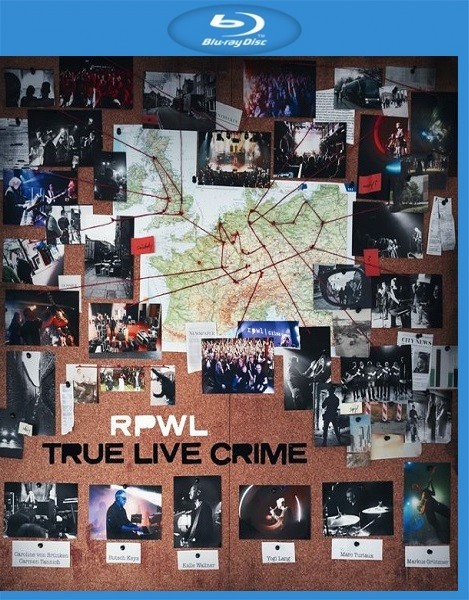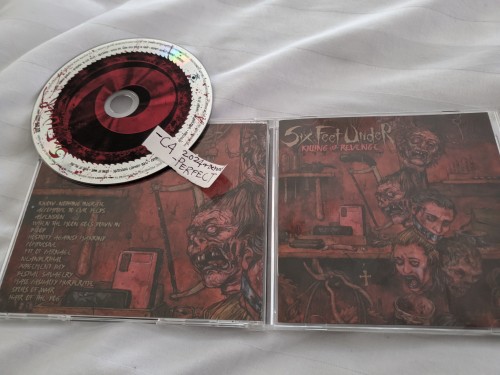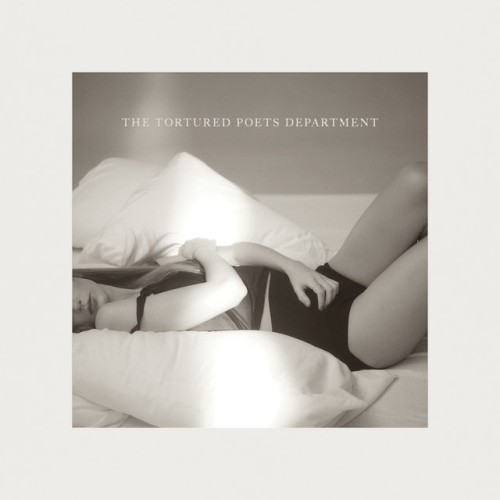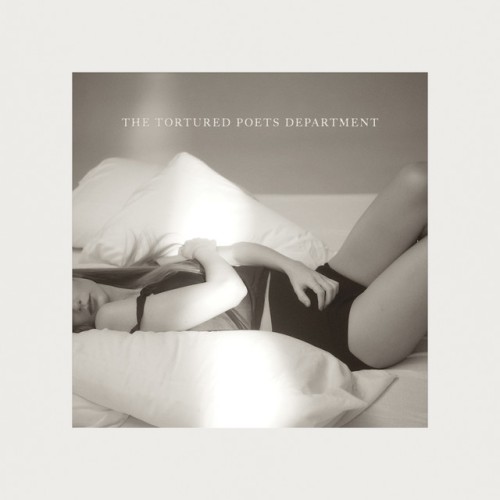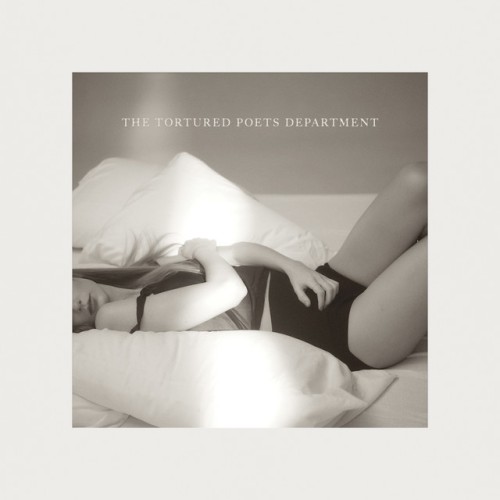![Mauro Righini - Ariosti: 6 Lessons for Viola d'Amore and Continuo (2022) [Official Digital Download 24bit/44,1kHz] Download](https://i0.wp.com/imghd.xyz/images/2022/03/23/hsi606549d9ic_600.jpg?resize=500%2C500&ssl=1)
Mauro Righini – Ariosti: 6 Lessons for Viola d’Amore and Continuo (2022)
FLAC (tracks) 24 bit/44,1 kHz | Time – 01:07:48 minutes | 708 MB | Genre: Classical
Studio Masters, Official Digital Download | Front Cover | © Brilliant Classics
The violinist, organist, composer and librettist Attilio Malachia Ariosti was born in Bologna in 1666. His career took him to Mantua and Venice, the most enlightened musical and artistic centers of northern Italy at the time, then to Berlin and finally Vienna in 1703. Expelled from the Papal State for moral reasons, by 1716 he was living in London where, together with Bononcini and Handel, he became a permanent composer of the Royal Academy.
His Six Lessons for Viola d’Amore, published in London in 1724 and dedicated to King George, were as the name implies composed expressly to teach violinists to play the viola d’amore. They are written in scordatura with a system of movable keys to indicate the different positions and fingerings of the left hand up to the fourth position.
Ariosti’s Cantata for solo voice with the Viola d’amore Pur al fin gentil Viola was probably composed around 1690.
The viola d’amore has six or seven strings and (almost always) the same number of resonance strings placed under the bridge, which strongly characterize its timbre. Tunings were variable and, although from the second half of the 18th century the tuning in D became standard, it is not always straightforward to know which to use. For this reason, viola d’amore parts are written in scordatura, a sort of tablature in which the written note indicates the finger position according to standard tuning, but not the sounding pitch on a ‘detuned’
string. This fascinating and somewhat mysterious instrument is played by both violinists and violists; for violists in particular it offers access to a new, though unfortunately not very vast, repertoire, with works by Biber, Bach, Ariosti and Vivaldi, and more recently Hindemith, Martin, Ghedini and many others.
Attilio Malachia Ariosti (1666-1730) was born in Bologna, Italy. Violinist, organist, composer and librettist. He took vows at the order of the Serviti as Frate Ottavio in 1688 and was appointed organist in the church of S. Maria dei Servi in Bologna in 1693. He travelled to Mantua and Venice, the most enlightened musical and artistic centers of northern Italy and then moved to Berlin and lately to Vienna in 1703.
Expelled from the Papal State for moral reasons, in 1716 he lived in London where, together with Bononcini and Handel, he became a permanent composer of the Royal Academy. At the King’s Theater he played with the viola d’amore in the intervals between the acts, “… a new symphony composed by the famous Mr. Attilio Ariosti in which he will play a new instrument called viola d’amore”.
The Six Lessons for Viola d’Amore, published in London in 1724 and dedicated to King George, are harmonically and melodically very appealing and were composed expressly to teach violinists to play the viola d’amore. The viola d’amore has six or seven strings and the same number of resonance strings placed under the bridge, that strongly characterize its timbre.
Beautifully performed by Mauro Righini (viola d’amore), Ugo Nastrucci (theorbo), Danilo Costantini (organ & harpsichord) and Elena Bertuzzi (soprano), who sings in a Cantata for solo voice, viola d’amore and b.c.
Tracklist:
1-01. Mauro Righini – Lesson I in E-Flat Major: I. Allegro (03:31)
1-02. Mauro Righini – Lesson I in E-Flat Major: II. Largo (02:58)
1-03. Mauro Righini – Lesson I in E-Flat Major: III. Andante (01:35)
1-04. Mauro Righini – Lesson II in A Major: I. Cantabile (01:26)
1-05. Mauro Righini – Lesson II in A Major: II. Vivace (02:22)
1-06. Mauro Righini – Lesson II in A Major: III. Adagio (03:13)
1-07. Mauro Righini – Lesson II in A Major: IV. Minuet (02:09)
1-08. Mauro Righini – Lesson III in E Minor: I. Adagio (02:16)
1-09. Mauro Righini – Lesson III in E Minor: II. Alemanda (02:40)
1-10. Mauro Righini – Lesson III in E Minor: III. Adagio (03:56)
1-11. Mauro Righini – Lesson III in E Minor: IV. Giga (03:06)
1-12. Mauro Righini – Lesson IV in F Major: I. Adagio (02:43)
1-13. Mauro Righini – Lesson IV in F Major: II. Andante (02:22)
1-14. Mauro Righini – Lesson IV in F Major: III. Corente (01:49)
1-15. Mauro Righini – Lesson IV in F Major: IV. Giga (02:16)
1-16. Mauro Righini – Lesson V in E Minor: I. Vivace (02:19)
1-17. Mauro Righini – Lesson V in E Minor: II. Largo (02:24)
1-18. Mauro Righini – Lesson V in E Minor: III. Giga (02:44)
1-19. Mauro Righini – Lesson VI in D Major: I. A tempo Giusto (01:15)
1-20. Mauro Righini – Lesson VI in D Major: II. Corrente (01:42)
1-21. Mauro Righini – Lesson VI in D Major: III. Giga (01:14)
1-22. Mauro Righini – Lesson VI in D Major: IV. Rondeaux (02:47)
1-23. Mauro Righini – Pur alfin gentil viola Cantata for solo Voice and Viola D’amore: I. Pur alfin gentil viola Aria (07:27)
1-24. Mauro Righini – Pur alfin gentil viola Cantata for solo Voice and Viola D’amore: II. Non fu saggio il consiglio Recitativo (01:23)
1-25. Mauro Righini – Pur alfin gentil viola Cantata for solo Voice and Viola D’amore: III. Beltà che col rigor Aria (06:01)
Download:
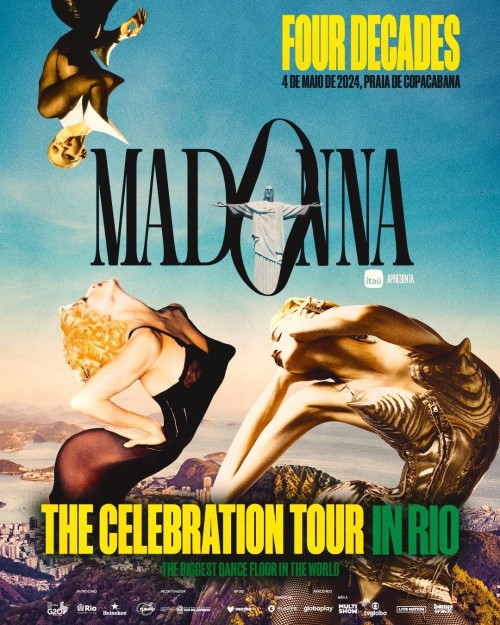
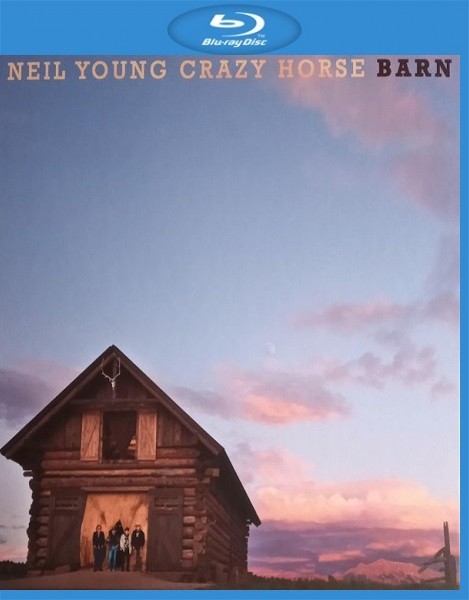

![King Crimson - Larks’ Tongues in Aspic (40th Anniversary Edition) (1973/2023) [High Fidelity Pure Audio Blu-Ray Disc]](https://imghd.xyz/images/2024/05/12/138741_front.md.jpg)

